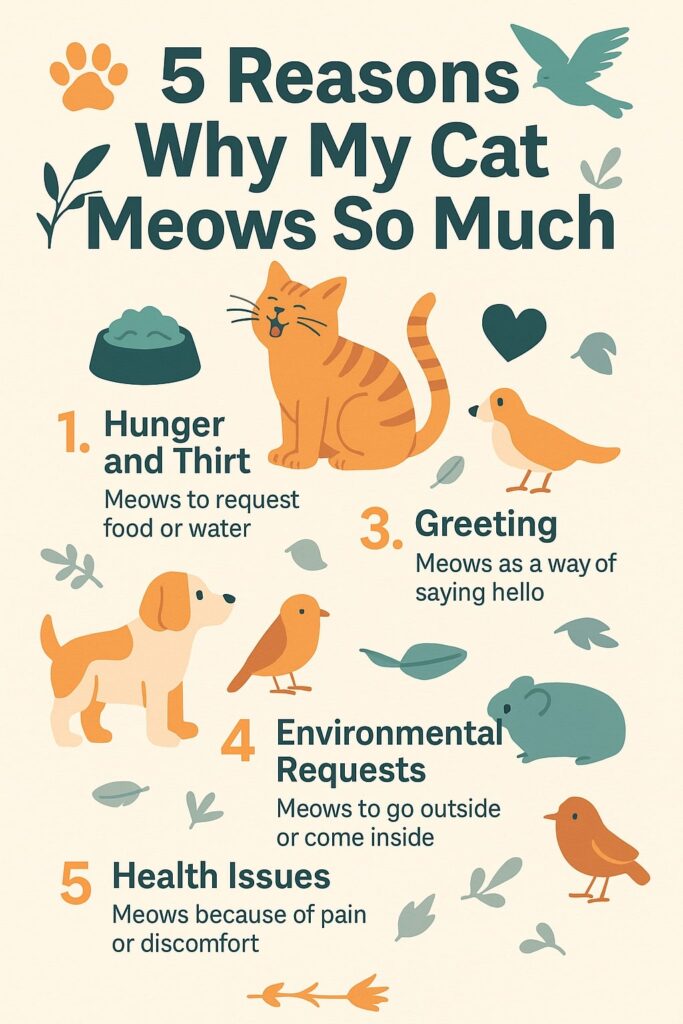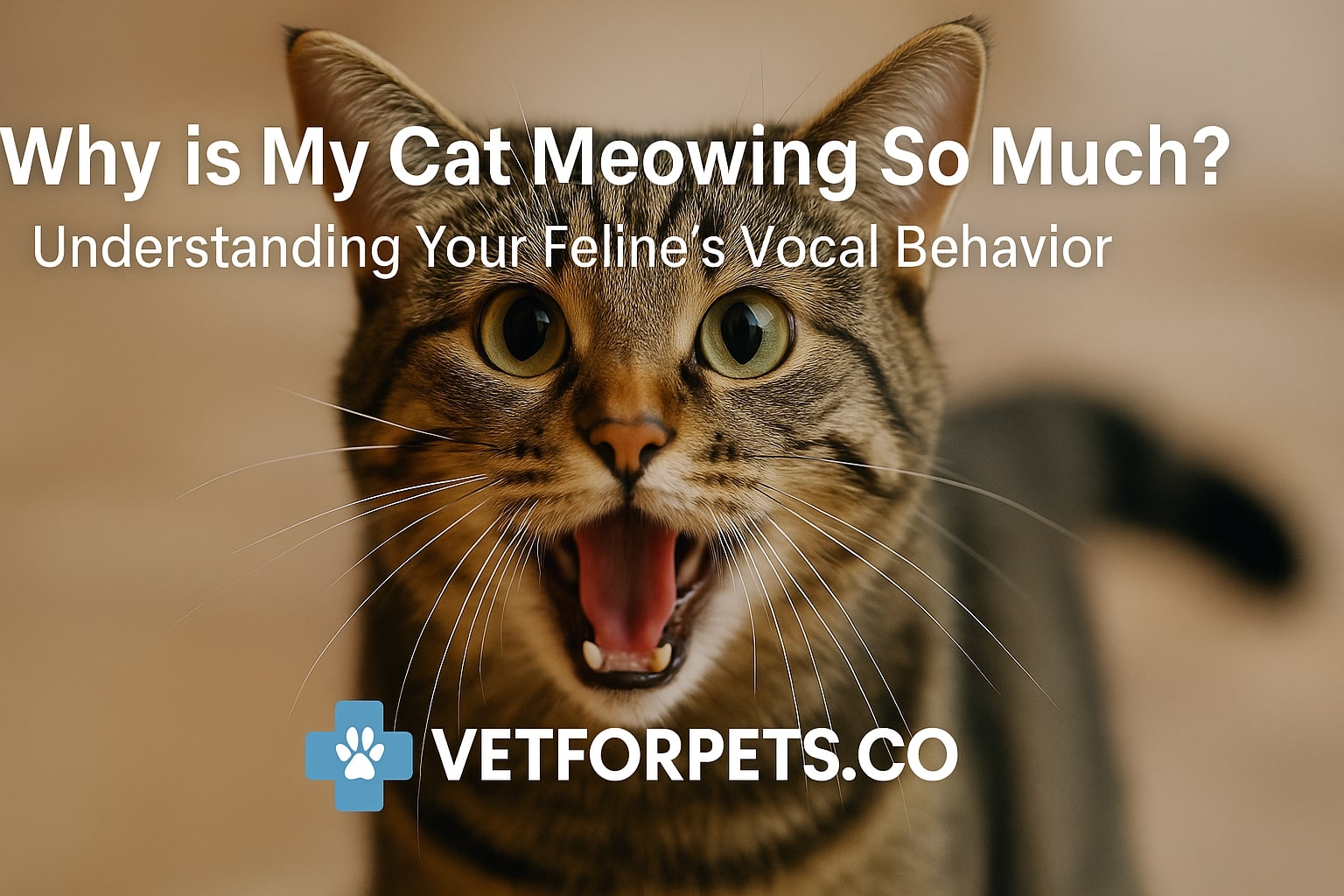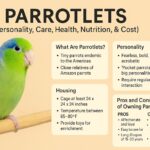If you’ve ever found yourself wondering why your cat seems to have turned into a furry chatterbox, you’re not alone. Cat owners worldwide grapple with understanding their pet’s vocal expressions, particularly when meowing becomes frequent or seemingly excessive.
The truth is that meowing serves as your cat’s primary method of communicating with humans, and understanding the reasons behind this behavior can help you better respond to your feline friend’s needs while maintaining peace in your household.
Understanding Normal Cat Communication
Cats are naturally communicative creatures, but their meowing behavior is quite unique in the animal kingdom. According to the ASPCA, meowing represents your cat’s way of communicating specifically with people, as adult cats don’t typically meow at each other.
This fascinating behavior develops from kittenhood, when young cats meow to communicate with their mothers about basic needs like hunger or cold. As cats mature, they maintain this vocal communication pattern with humans because it proves effective in getting their needs met.
The frequency and intensity of meowing can vary significantly between individual cats and even between different breeds. Some cats, particularly Siamese breeds, are naturally more vocal and prone to excessive meowing and yowling1.
Understanding your cat’s baseline communication style helps you recognize when their meowing patterns change, which could indicate underlying issues requiring attention.
It’s important to distinguish between normal communication and excessive meowing. While all cats will meow to some extent as part of their natural behavior, excessive meowing becomes problematic when it’s persistent, disruptive, or represents a significant change from your cat’s normal vocal patterns. This type of vocalization might manifest as insistent and sometimes loud sounds that can occur during the day or night2.
Primary Reasons Your Cat Meows

1. Hunger and Thirst
One of the most common reasons cats meow is to request food or water. Most cats develop strong associations between meowing and mealtime, leading them to vocalize whenever they want food.
Some cats learn to meow whenever anyone enters the kitchen, anticipating that food might be forthcoming, while others use meowing to wake their owners for breakfast. This type of meowing is often accompanied by other behaviors such as pawing at their food bowl or positioning themselves near where food is stored.
2. Seeking Attention and Social Interaction
Cats are social creatures that enjoy interaction with their human companions. Many cats use meowing as a way to solicit attention, whether they want to be petted, played with, or simply talked to.
This behavior can become more pronounced in cats that spend long periods alone during the day, as they may be more vocal in their requests for attention when their owners return home. Understanding this motivation helps explain why some cats seem to meow more during evening hours when their owners are finally available for interaction.
3. Greeting and Social Recognition
Your cat’s meowing often serves as a greeting mechanism. Cats typically meow when their owners come home, when they encounter them around the house, or when spoken to directly1. This type of vocalization represents positive social acknowledgment and demonstrates your cat’s recognition of and connection with you as their primary caregiver.
4. Environmental Requests
Cats frequently use meowing to communicate their desires regarding their environment. If your cat wants to go outside, they’ll likely learn to meow at the door, and similarly, outdoor cats will meow when they want to come inside. This environmental communication extends to other situations where cats want changes to their immediate surroundings or access to different areas of the home.
5. Health-Related Causes of Excessive Meowing
When cats begin meowing excessively or their vocal patterns change dramatically, underlying health issues may be responsible. Several medical conditions can cause increased vocalization in cats, making it crucial to consider these possibilities when evaluating changes in your cat’s meowing behavior.
Pain and discomfort often manifest through increased vocalization. Cats experiencing pain from conditions like arthritis may meow more frequently as they struggle with mobility or discomfort. Urinary tract infections and other urinary illnesses can also cause cats to become more vocal as they experience discomfort. These conditions require prompt veterinary attention to address both the underlying health issue and the associated behavioral changes.
Cognitive dysfunction, similar to dementia in humans, can affect older cats and lead to increased meowing, particularly during nighttime hours. Additionally, hyperthyroidism, a condition involving an overactive thyroid, commonly causes increased vocalization in cats.
Sensory changes, including loss of vision or hearing, can also result in more frequent meowing as cats attempt to navigate their environment or communicate their confusion.
Female cats in heat will often yowl and meow excessively as part of their natural reproductive behavior. If your cat hasn’t been spayed, this could explain sudden increases in vocal behavior, particularly if accompanied by other signs of being in heat.
Different Types of Cat Vocalizations
Understanding the various types of sounds your cat makes helps you interpret their communication more effectively. Cats produce different vocalizations that convey distinct messages, and paying attention to these differences along with accompanying body language provides valuable insight into your cat’s state of mind.
Regular meowing typically indicates routine communication needs like greetings, requests for food, or attention-seeking. However, yowling represents a more intense form of communication that’s common in older cats and often indicates discomfort or distress.
Unlike regular meowing, yowling tends to be more drawn out and melodic, and adult cats do yowl at one another, particularly during breeding season.
Other vocalizations carry different meanings entirely. Purring usually indicates contentment and happiness, while hissing and spitting serve as warnings that your cat feels threatened. More intense sounds like snarling and growling indicate fear, while screaming or screeching can signal severe pain, especially in indoor cats. For outdoor cats, these intense vocalizations might indicate fighting or mating behaviors.
Managing Excessive Meowing
Successfully addressing excessive meowing requires a multifaceted approach that addresses both potential underlying causes and behavioral modification strategies. The first and most important step involves ruling out health issues by consulting with your veterinarian. Medical problems must be addressed before attempting behavioral interventions, as treating underlying health conditions often resolves associated excessive vocalization.
Environmental and Behavioral Solutions
Providing adequate mental and physical stimulation plays a crucial role in managing excessive meowing. Cats are naturally curious animals that cannot tolerate boredom, and when they feel understimulated, they may engage in undesirable behaviors including excessive vocalization. Offering appropriate cat toys, scratching posts, and enrichment activities helps keep cats engaged and reduces their tendency to meow for entertainment or attention.
Establishing consistent routines significantly benefits cats and can reduce stress-related meowing. Cats prefer predictability in their daily activities, so setting fixed times for feeding, playtime, and sleep helps reduce anxiety and the associated vocal behaviors. Consistent routines provide cats with security and reduce their need to constantly communicate uncertainty or anxiety through meowing.
Training and Response Strategies
One critical aspect of managing excessive meowing involves avoiding inadvertent reinforcement of the behavior. Many cat owners make the mistake of immediately responding to excessive meowing with treats, food, or attention, which actually reinforces the behavior and encourages its continuation. Instead, wait for periods of quiet before providing rewards or attention, helping your cat understand that silence, rather than vocalization, produces desired outcomes.
Training techniques can also prove effective in reducing demand meowing. Some cat owners successfully use positive reinforcement training, rewarding quiet behavior and teaching cats to sit calmly before receiving food or attention. This approach requires patience and consistency but can significantly reduce excessive meowing around mealtimes and other routine activities.
When to Seek Professional Help
While many cases of excessive meowing can be managed through environmental changes and behavioral modification, certain situations require professional veterinary intervention. If your cat’s meowing represents a sudden change from their normal behavior, becomes extremely frequent or intense, or is accompanied by other concerning symptoms, consultation with a veterinarian becomes essential.
Additionally, if your attempts at behavioral modification prove unsuccessful after several weeks of consistent application, professional guidance can help identify underlying issues you might have missed or suggest alternative approaches. Veterinarians can also help determine whether anti-anxiety medications or other medical interventions might benefit cats whose excessive meowing stems from stress or anxiety disorders.
Conclusion
Understanding why your cat meows excessively requires careful observation of their behavior, consideration of potential health issues, and implementation of appropriate management strategies. Remember that meowing serves as your cat’s primary method of communicating with you, so completely eliminating this behavior isn’t the goal.
Instead, focus on ensuring your cat’s physical and emotional needs are met while establishing boundaries around excessive or disruptive vocalization. With patience, consistency, and appropriate intervention when necessary, you can help your feline companion communicate effectively while maintaining harmony in your household.
Most importantly, never hesitate to consult with your veterinarian when you have concerns about changes in your cat’s vocal behavior, as early intervention often proves most effective in addressing both health and behavioral issues.
- Parrotlets (Personality, Care, Health, Nutrition, & Cost) - June 20, 2025
- Caique (Personality, Care, Health, & Nutrition) - June 20, 2025
- The Complete Guide to Golden Retrievers - June 9, 2025















